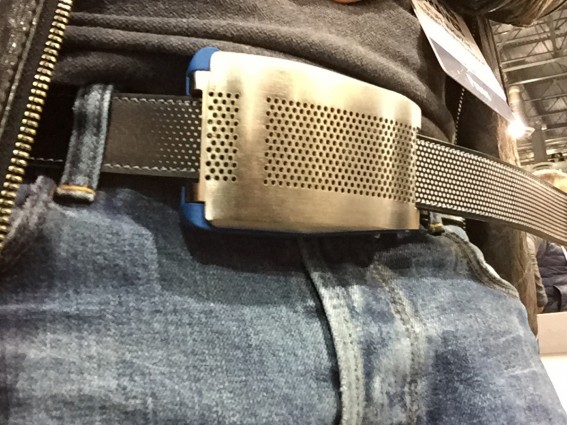Self-driving cars got a boost earlier this month from Toyota, which committed $50 million dollars to Stanford University and MIT for artificial intelligence and driverless car labs.
Unlike others in the race to put a driverless car on the road, Toyota has said its approach is not to build a fully autonomous car, but to provide “semi-autonomous assists” that will keep the driver in ultimate control.
At the Toyota announcement event, Re/Code reported that MIT’s Artificial Intelligence lab director Daniela Rus suggested artificial intelligence (AI) could, for example, enable a car to analyze your behaviour to assist in your driving and make it safer. She also described how AI features could make driving more pleasurable. For instance, if you were in a bad mood, it would begin playing your favorite music.
Meanwhile, a fascinating new book by the Pulitzer Prize-winning New York Times senior science writer and long-time tech reporter John Markoff, called “Machines of Loving Grace”, offers an exploration of the future of what smart machines can do for us and what they can help us do. The book, which is subtitled “The Quest for Common Ground Between Humans and Robots,” is an excellent primer on the topic of AI and autonomous cars. The question central to Markoff’s exploration is: Will we control these smart machines, or will they control us? (You can listen to an interview with Markoff on his book and the topic of AI and driverless cars that aired on National Public Radio).
Now is a good time to consider the question while driverless-car and other AI-driven technologies are still in early stages of development.
Most experts and insiders involved believe, for example, that it’s a five-year scenario before autonomous cars become a reality. However, in the meantime, we will continue to see more aspects of AI and the Internet of Things (IoT) impacting our daily lives, in and out of the car.
One example playing out right now is how major auto insurance companies are embracing and using the IoT to monitor vehicles and collect data on drivers’ habits and track their behaviour. This includes things like changes in speed, how often we drive, and the time of day we drive, etc.
In a new report, research by Business Intelligence estimates that there are 155 million cars on the road in the U.S. capable of being monitored today through On Board Diagnostic (OBD-II) dongles, or plugs, that sends analytics about the driver’s driving habits back to the insurance company. The purpose touted is that insurance firms can then offer clients potentially lower premiums based on the driving data and their ability to analyze and assess a clients’ risk levels. That’s certainly an incentive to drive well, but raises some concerns.
As Accenture analyst Mark Halverson points out in a recent article on the topic: “Big data is a boon for insurers, which use it for underwriting, pricing and more. For consumers, however, it’s more of a mixed blessing, as they sometimes fail to see the benefit of sacrificing privacy for convenience (to the extent they even know they are sacrificing privacy).”
If you are one of the hundreds of millions of people in the U.S. driving with OBD-II, do you know if your insurance company is monitoring your data?
Halverson argues that for the industry to provide a model of “purposeful” data collection and urges, “insurers should at the very least clearly state their purposes for collecting data, and ensure that the data will be handled securely.”
Ultimately, there are many questions to be answered about who will be in control of the drivers seat in the not too distant future.


![]()
